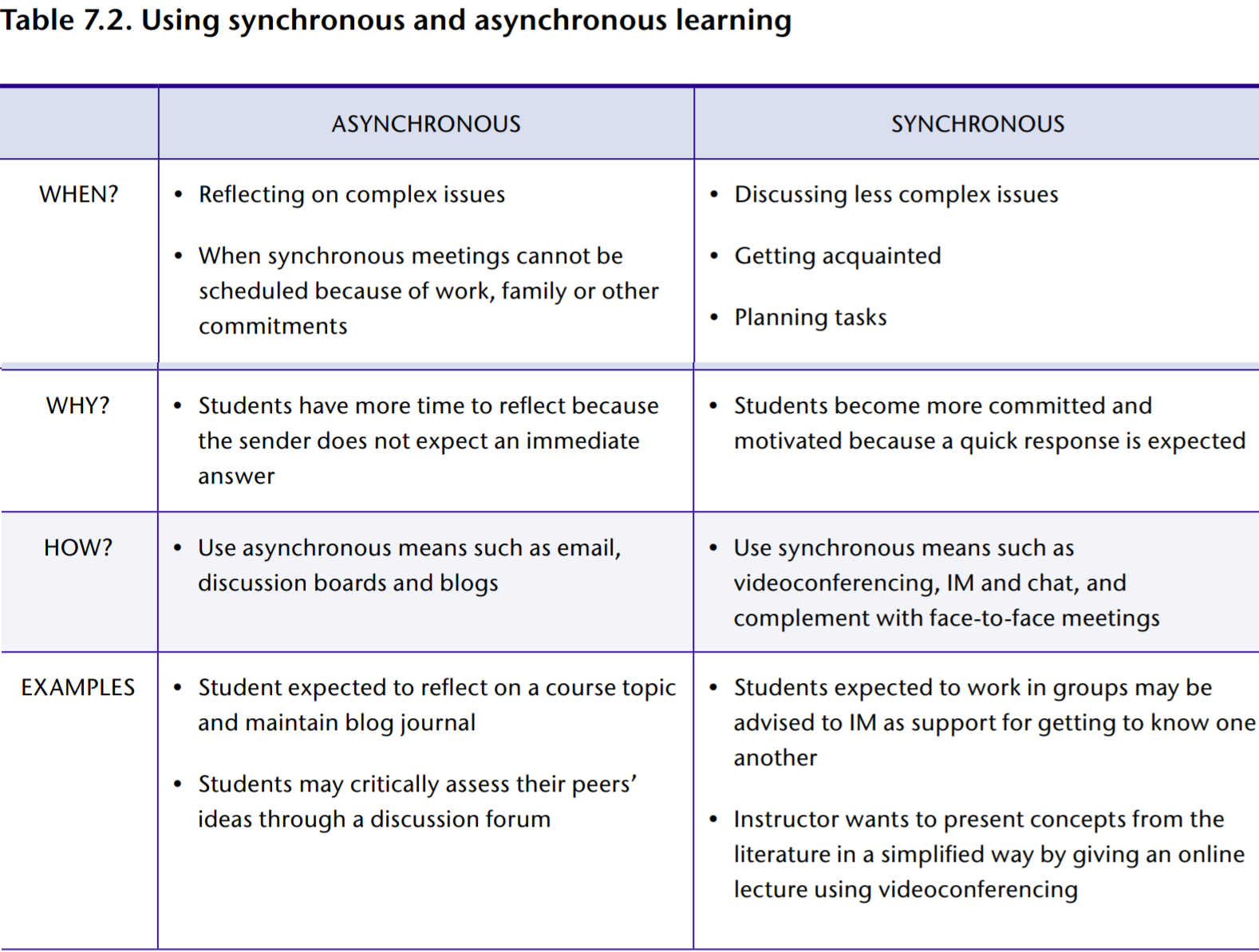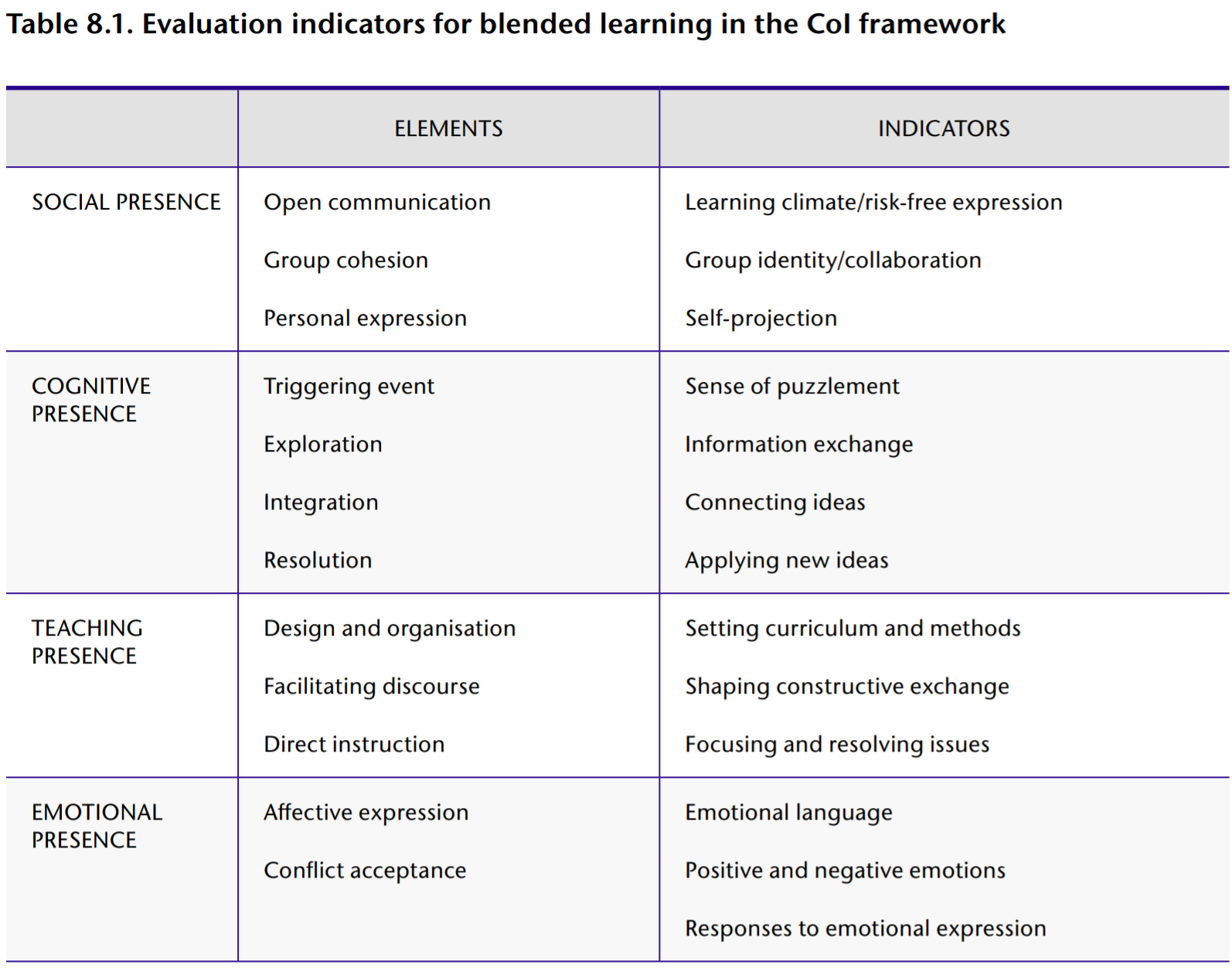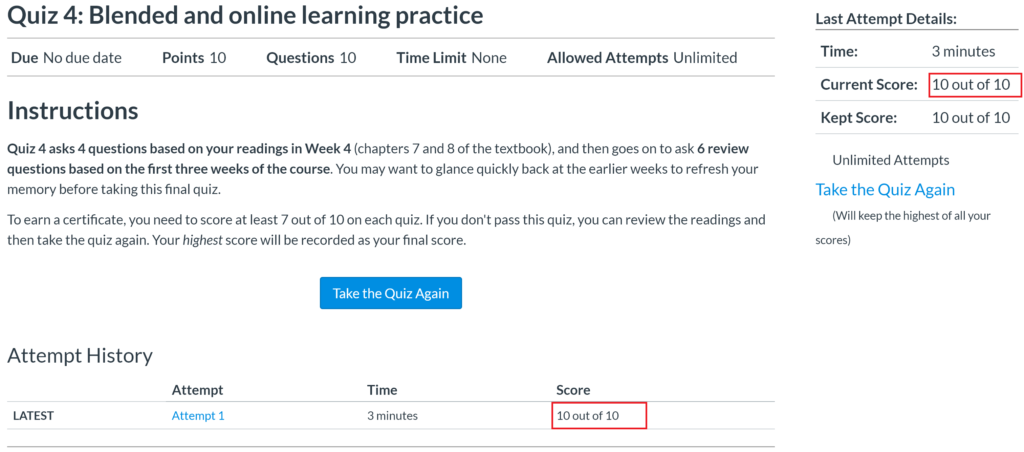Blended & Online Learning Practice – Blended Learning Practice MOOC Wk 4
The following post has been completed as part of my personal reflection as I work through the Blended Learning Practice MOOC ; a partnership between Commonwealth of Learning and Athabasca University. Any images, tables, or direct quotes (as indicated with the appropriate formatting) are provided from the specific course or webinar and can be credited to: Blended Learning Practice MOOC. (2020). https://www.blpmooc.org/
Synchronous and Asynchronous Activities
- explain the difference between synchronous and asynchronous activities and give examples of each,
- evaluate the advantages and disadvantages of synchronous and asynchronous activities,
- describe the considerations that go into planning an appropriate mix of activities, and
- suggest methods for creating an effective climate for learning in your setting.
Read Chapter 7 of the Blended Learning Guidebook.
Synchronous Activities
- Having students “tune in” online while others are present is blended participation, not blended learning
- Synchronous: doing the same thing at the same time; happens in real time
- In many blended scenarios the synchronous activities occur when you can be face-to-face with participants
- Immediate feedback and ability to converse/brainstorm with others is an advantage of synchronous activities
- There is a social obligation to participate which supports increased engagement
Asynchronous Activities
- Asynchronous: learning together separately at different times
- Requires some type of common space for participants to meet, get resources, post; like an LMS
- Readings, discussion boards, viewing content
- Flexible for participants
Balancing Practical Implications of Synchronous and Asynchronous Activities
- face-to-face synchronous options should be mapped out and scheduled first
- must take into account access

Preparing to Design for Learning through Synchronous and Asynchronous Activities

- Synchronous activities are more verbal while asynchronous are more text and production based

Evaluating Successful Blended Learning
- use models to evaluate your design and delivery of blended learning,
- evaluate the effectiveness of your design to create learning opportunities,
- evaluate the effectiveness of your design to support student-centred learning, and
- summarize your learning from this course.
Read Chapter 8 of the Blended Learning Guidebook.
Models for Evaluating the Design and Delivery of Blended Learning
- 1. delivery mode pattern
- combination of inperson F-2-F with independent and collaborative options
- 2. materials, tech and media used
- 3. use of varying pedagogical models
- accounts for teaching patterns and learner actions
- 4. temporality of synchronous and asynchronous methods
- There is a blended course learnability evaluation checklist in the guidebook linked above

Preparing for Evaluating Blended Learning Design
- balance shifts from teacher to student
- critical thinking is enabled
- teacher serves as facilitator
- learning responsibility is on the student
- effective assessment to promote learning
Week 4 Quiz Results

Read all the posts from the Blended Learning Practice MOOC